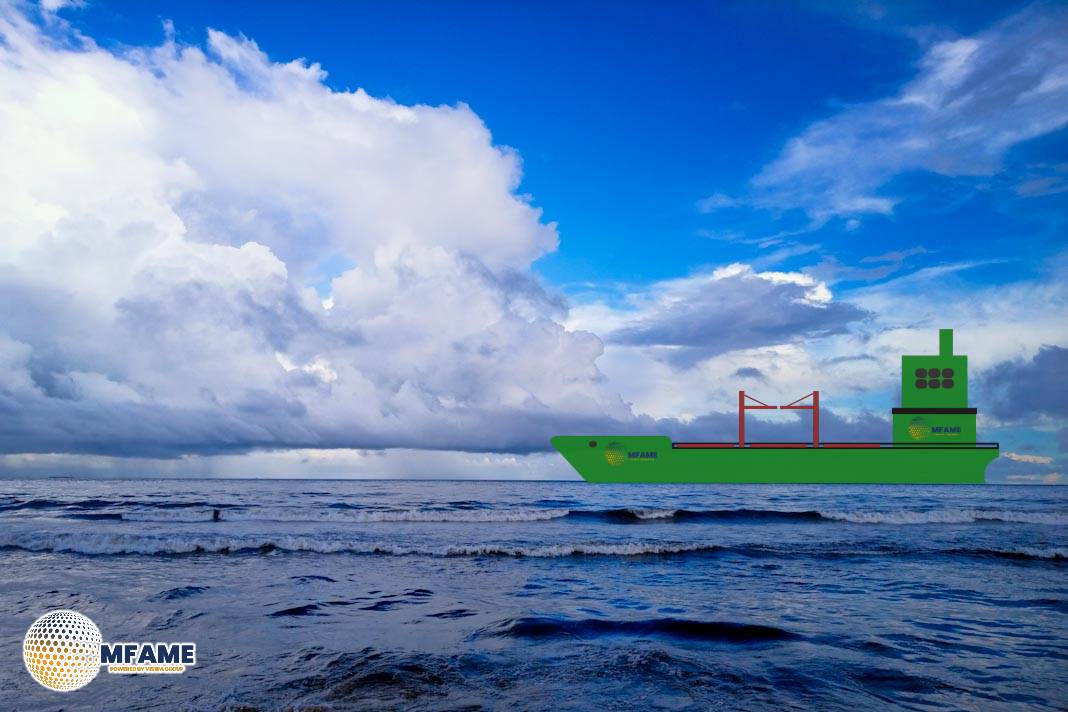 China is accelerating efforts to create a discreet fleet of LNG carriers capable of transporting Russian fuel that is sanctioned by the United States. Although China already receives substantial and often cheaper gas supplies via pipeline, these covert maritime imports help Beijing diversify energy sources while deepening ties with Moscow. As Russia increasingly relies on LNG exports to offset reduced pipeline sales to Europe, China has emerged as a critical partner willing to work around restrictions.
China is accelerating efforts to create a discreet fleet of LNG carriers capable of transporting Russian fuel that is sanctioned by the United States. Although China already receives substantial and often cheaper gas supplies via pipeline, these covert maritime imports help Beijing diversify energy sources while deepening ties with Moscow. As Russia increasingly relies on LNG exports to offset reduced pipeline sales to Europe, China has emerged as a critical partner willing to work around restrictions.
Emerging “Shadow Fleet” Mirrors Russia’s Oil Trade Tactics
China’s LNG tanker activity is beginning to resemble the shadow fleet operations seen in Russian crude shipments. Vessels linked to obscure or shell companies are now handling sanctioned Russian LNG, using tactics such as turning off tracking signals to hide their movements.
For example, the LNG tanker CCH Gas, loaded with blacklisted Russian cargo, is concealing its location as it approaches China. Its registered owner shares an address with a Hong Kong postbox company a common tactic for obscuring the true owners of vessels that transport sanctioned oil or gas.
Another ship, recently renamed Kunpeng, appeared near Singapore with equally opaque ownership. Records show it transferred to little-known firms in China and the Marshall Islands earlier this year, with links to companies involved in other sanctioned fuel trades.
This pattern reflects a broader trend: Russia has already built its own large LNG shadow fleet registered under shell companies across Asia and the Middle East.
LNG Shadow Operations Face Higher Technical and Operational Challenges
Creating a shadow fleet for LNG is significantly harder than for crude oil. LNG carriers must handle fuel cooled to –162°C, requiring advanced loading systems, specialised containment structures, and highly trained technical teams.
Unlike the global oil market which has nearly 8,000 tankers the LNG sector operates with just about 800 vessels worldwide. This makes concealment difficult and raises operational risks.
Despite these challenges, the growing pressure from US and European governments on buyers of Russian fuel is pushing China and Russia to expand these covert networks.
Meanwhile, China’s broader economic environment shows increased emphasis on private investment in infrastructure and rising pressure on banks to meet loan targets. At the same time, China and Brazil continue positioning themselves as global climate leaders as the US retreats from multilateral cooperation.
China’s early steps toward assembling an LNG shadow fleet mark a significant shift in global energy dynamics. As sanctions intensify and Russia seeks new markets, covert maritime supply chains are becoming central to their energy partnership. Although technically complex and harder to hide, these shadow LNG operations underscore China’s strategic determination to secure diversified energy flows and Russia’s growing dependence on willing buyers outside the West.
Did you subscribe to our daily Newsletter?
It’s Free Click here to Subscribe!
Source: gCaptain

























